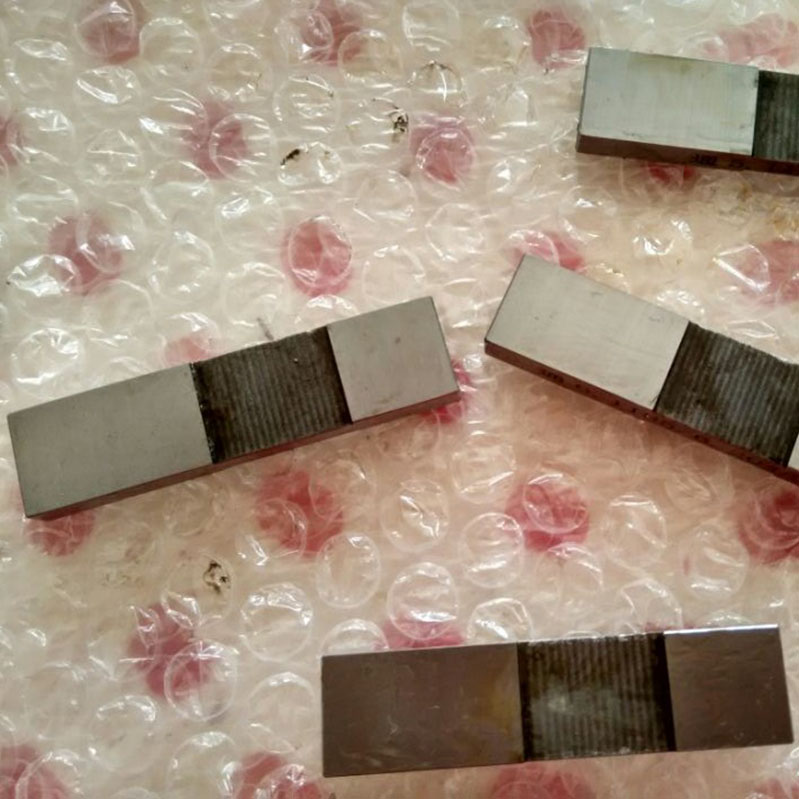நவ் . 14, 2024 10:44 Back to list
flow control valve types
Understanding Flow Control Valve Types
Flow control valves are essential components in various hydraulic and pneumatic systems, playing a pivotal role in regulating the flow of fluids. They ensure optimal performance, efficiency, and safety in a wide array of applications, including industrial machinery, automotive systems, and water management. Understanding the different types of flow control valves is crucial for engineers and technicians who design and maintain fluid systems.
1. Needle Valves One of the most common types, needle valves feature a slender, tapered point that allows for precise control of flow. They are particularly useful in applications that require adjustments to flow rates and are frequently found in laboratories and pilot plants. Needle valves are capable of fine-tuning flow, making them ideal for applications involving low flow rates.
Understanding Flow Control Valve Types
3. Ball Valves Characterized by a spherical disc that controls flow, ball valves are known for their durability and ability to provide a tight seal. They are typically used for on/off applications but can also regulate flow effectively. Their quick operation and reliability make them popular in both residential and industrial settings.
flow control valve types

4. Gate Valves Used primarily for on/off control, gate valves are not ideal for regulating flow but are effective for blocking it entirely. They are commonly found in water supply systems, where they control the flow of water in pipelines. Due to their design, gate valves can cause turbulence when partially opened, and are best operated in fully open or fully closed positions.
5. Check Valves These valves prevent backflow in a system, ensuring that fluid only flows in one direction. They are vital in applications where backpressure can cause damage or loss of efficiency. Check valves come in various designs, including ball check, swing check, and diaphragm check valves, each suited to different operational needs.
6. Proportional Valves These advanced control valves allow for varying flow rates based on input signals, enabling a more sophisticated level of fluid control. Often employed in automation and robotics, proportional valves enhance system responsiveness and efficiency, making them invaluable in modern industrial applications.
In conclusion, selecting the appropriate type of flow control valve is critical for efficient system performance. The choice depends on factors such as the type of fluid, required flow rates, pressure conditions, and specific application needs. Understanding the nuances of each valve type empowers engineers to design systems that are not only effective but also sustainable and resilient.
-
Why Metric Trapezoidal Thread is Ideal for Precision Motion ControlNewsAug.05,2025
-
The Unique Properties of a Block of Granite for Industrial UseNewsAug.05,2025
-
The Role of Flanged Y Strainers in Preventing Pipeline ClogsNewsAug.05,2025
-
The Importance of Regular Calibration for Master Ring GagesNewsAug.05,2025
-
How a Cast Iron Surface Table Enhances Accuracy in ManufacturingNewsAug.05,2025
-
Comparing Different Check Valve Types for Optimal Flow ControlNewsAug.05,2025
Related PRODUCTS









